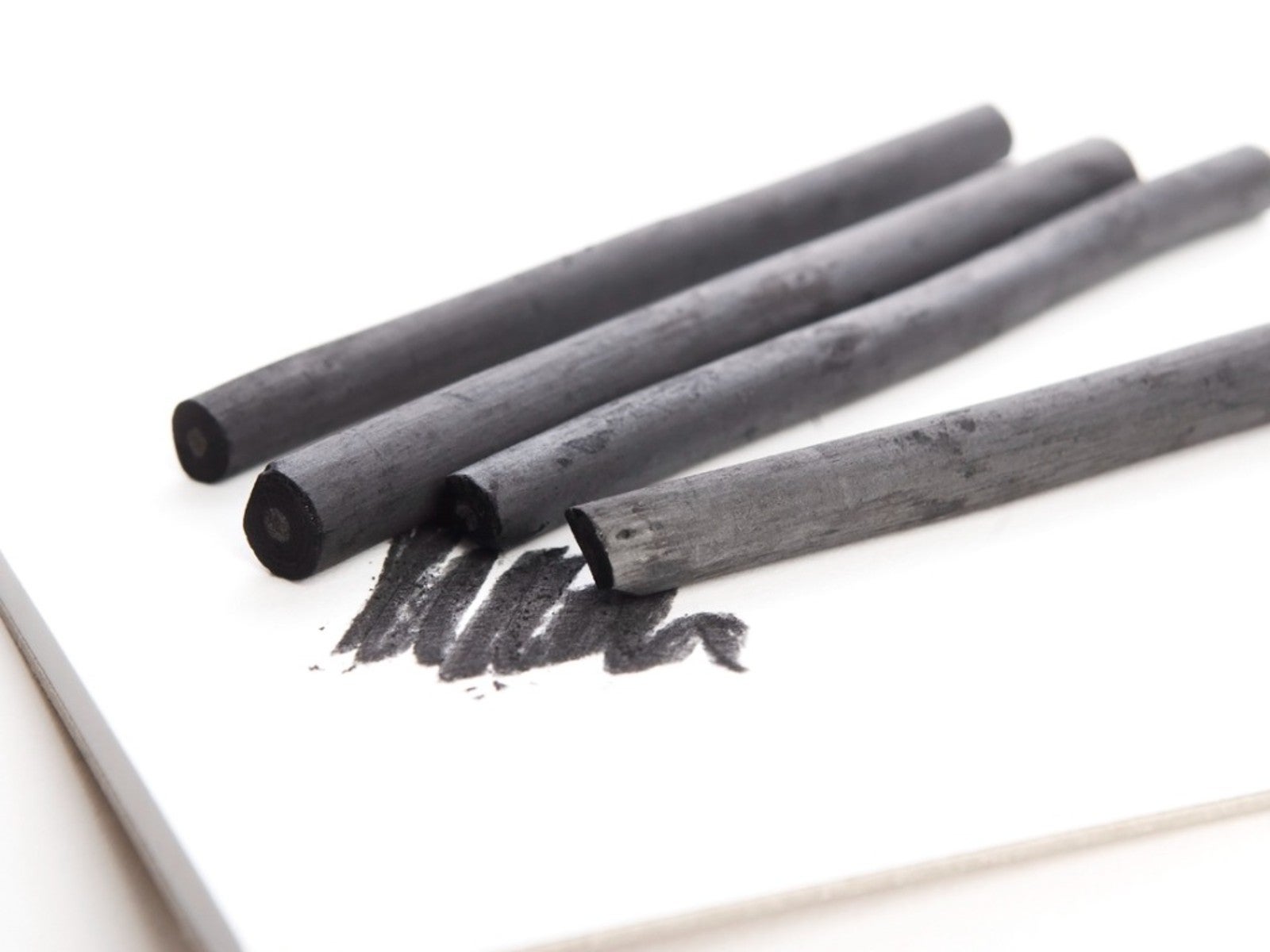How To Make Vine Charcoal From The Garden


Charcoal is one of humanity’s oldest artists’ tools. It’s perfect for sketching, drawing, and shading. But charcoal sticks for drawing go fast and the costs add up. Knowing how to make willow charcoal or from vines is a fun craft and a way to save money.
What is Vine Charcoal?
Vine charcoal is simply charcoal made from vines, often grape vines. You can also make it from other plant materials. Willow switches work well too, as do twigs from many trees. Just be sure the growth isn’t too new. Depending on what you use and how you prepare it, you can end up with charcoal sticks of varying hardness and even warmer or cooler tones of black.
How Do You Make Charcoal from Garden Plants?
Knowing how to make charcoal for drawing means you can keep a steady supply of art materials just as you like them. The process is much simpler than you might imagine, and the supplies are minimal:
- A metal container that closes, like a cookie tin or two empty food cans, one inverted and nested inside the other
- Sticks to turn into charcoal, cut to the size you want
- Fire and fire building materials
Cut the vine or sticks into uniform pieces that will fit in the metal container. Keep in mind that they will end up smaller once turned into charcoal. You can trim off the bark for a more consistent texture. Put couple of small holes in the lid of the metal box so gasses can escape. Put all the sticks inside, as many as you can fit, and close the lid.
Start a fire and position the box right in the center so that it is engulfed in flames. It needs to sit in the fire for at least an hour. Carefully remove the metal box from the fire and let it cool completely before opening it. The charcoal pieces can burst into flames if you open it too soon. If the wood has not completely carbonized, you can put them back in the flames.
Making charcoal is surprisingly simple, but it might take some trial and error to get the sticks as you like them. Experiment with different types of wood, size, removing the bark or not, and cooking times.
Sign up for the Gardening Know How newsletter today and receive a free copy of our e-book "How to Grow Delicious Tomatoes".

Mary Ellen Ellis has been gardening for over 20 years. With degrees in Chemistry and Biology, Mary Ellen's specialties are flowers, native plants, and herbs.